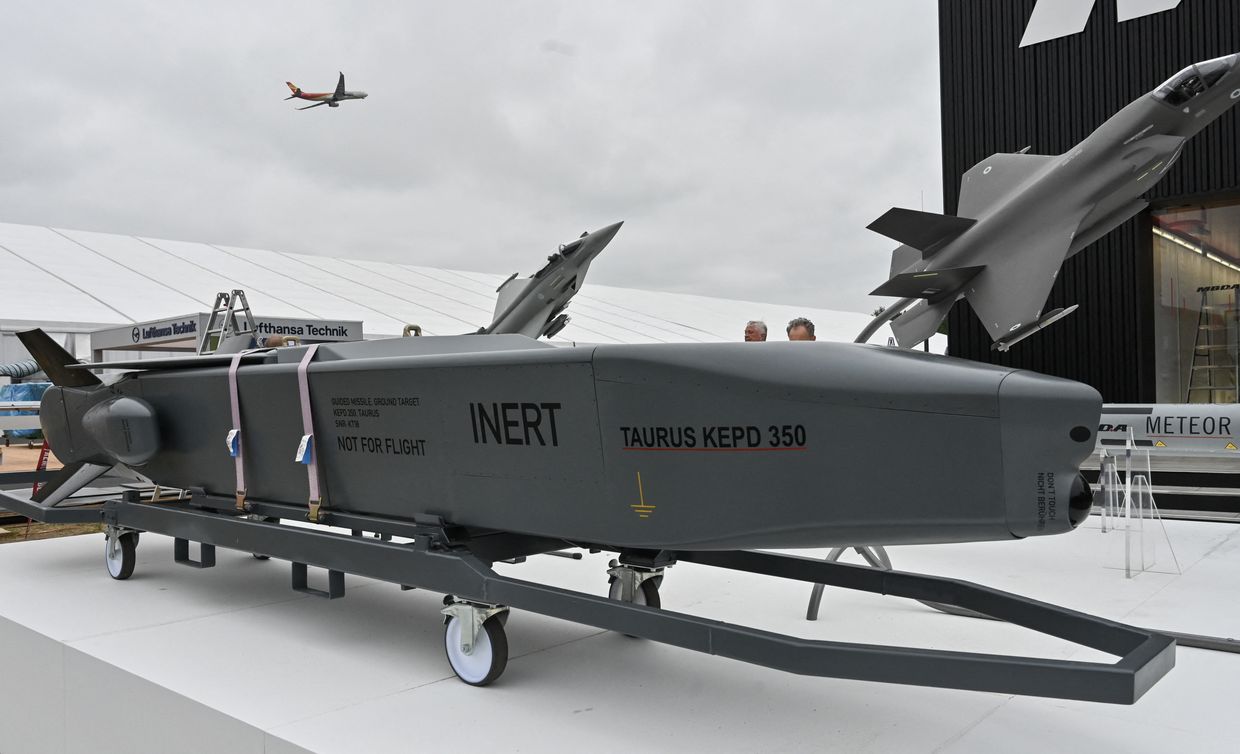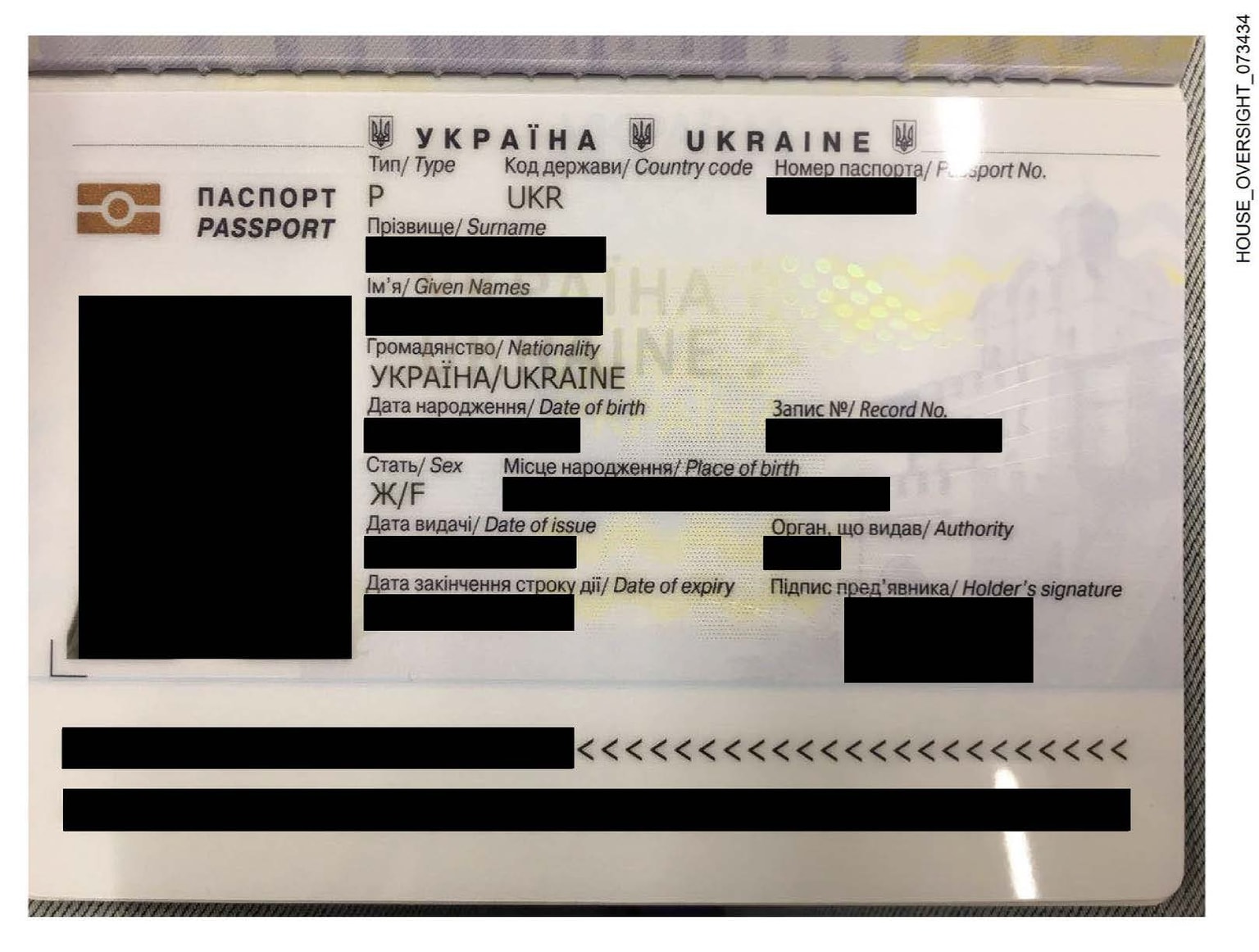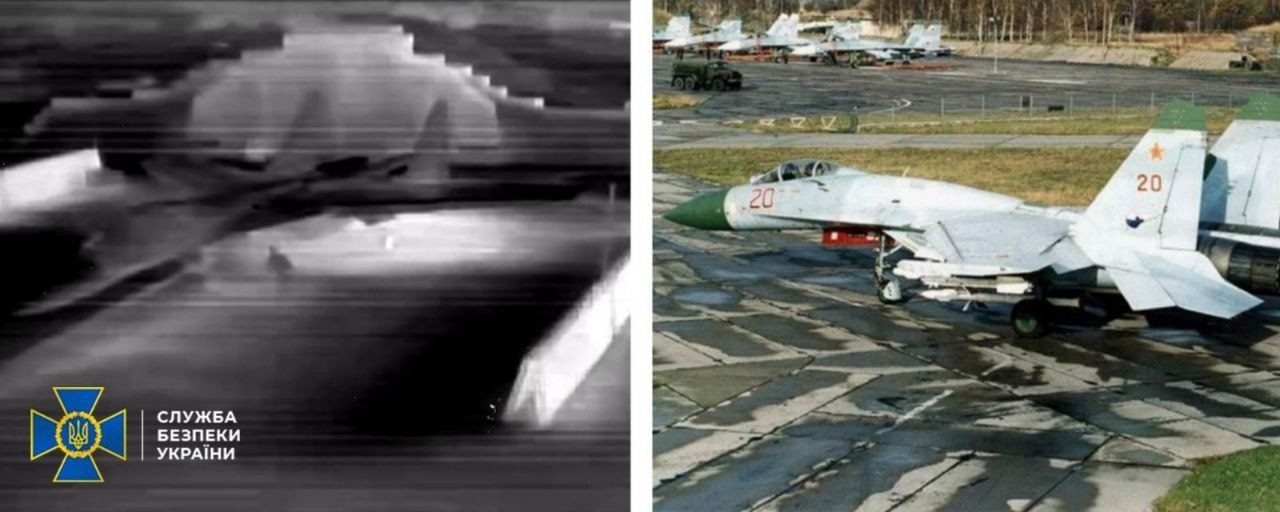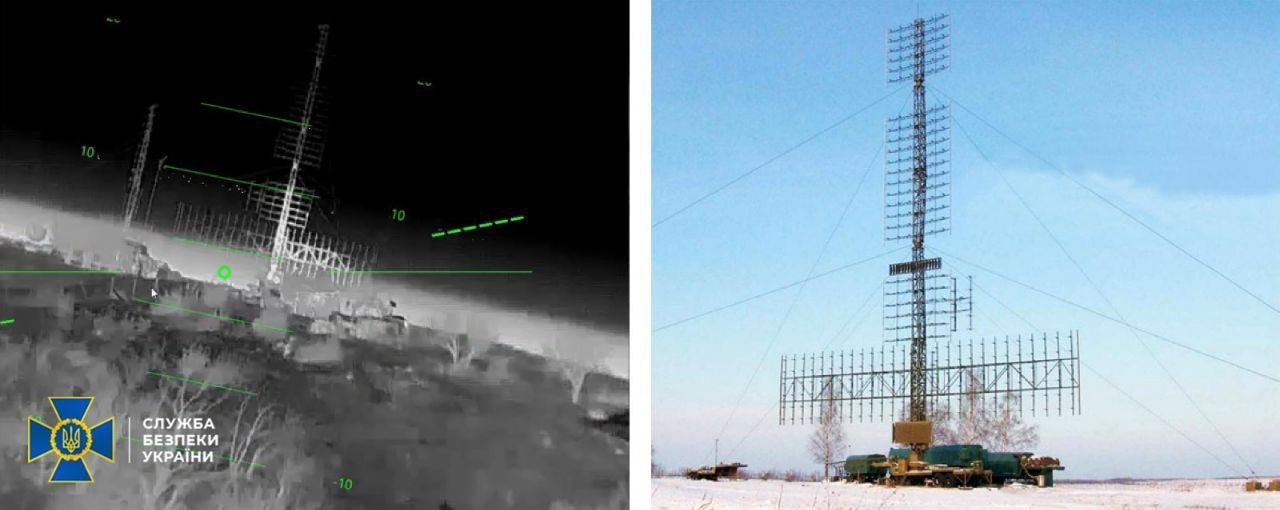Germany pledges 5 billion euros in new aid to Ukraine, no Taurus missiles announced
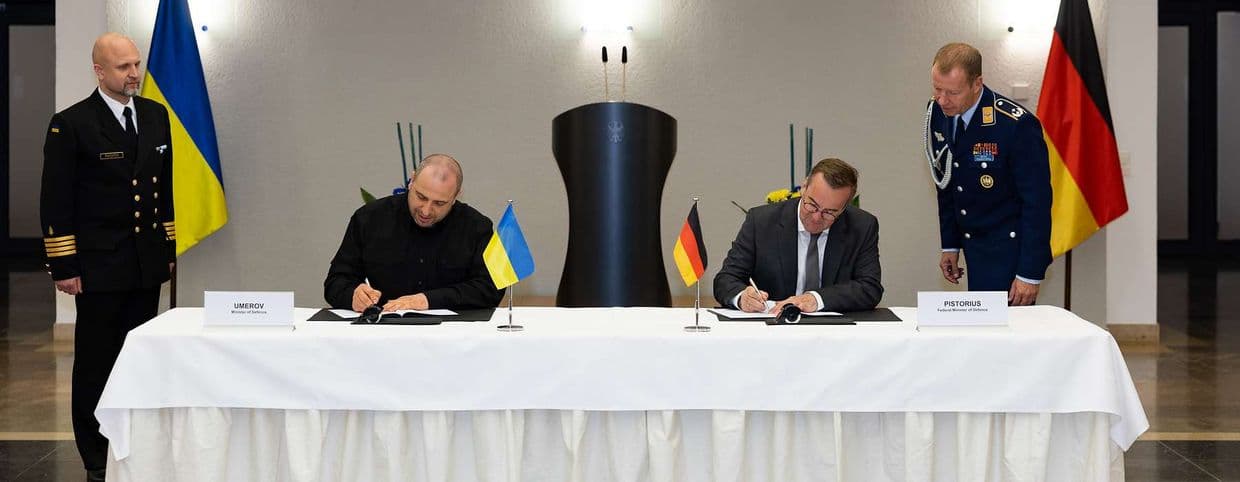
Editor's note: The story was updated to reflect comments made by Ukrainian Defense Minister Rustem Umerov and reporting by Welt.
Germany has unveiled a military aid package for Ukraine worth 5 billion euros ($5.65 billion), the country's Defense Ministry said in a statement on May 28 after Chancellor Friedrich Merz and President Volodymyr Zelensky met in Berlin.
German Defense Minister Boris Pistorius and Ukrainian Defense Minister Rustem Umerov signed the accord in Berlin's Bendlerblock, the headquarters of the German Defense Ministry. The agreement includes direct German investments in Ukraine's defense industry and a broader treaty between Kyiv and German arms manufacturers.
Under the new agreement, Germany will help fund the production of long-range weapons systems inside Ukraine — tapping into the country's existing industrial capacities and technical expertise, the statement read.
The German Defense Ministry said a significant number of these systems are expected to be manufactured by the end of 2025, with the first batch ready for deployment in the coming weeks. Since these systems are already in service with the Ukrainian military, no additional training is needed for their use.
Berlin also reaffirmed its commitment to supply Ukraine with critical ammunition and weapons. The arms heading Kyiv's way include air defense systems, artillery, land weapons systems, and handguns. No Taurus missiles were publicly announced as part of the package.
Germany has declined to provide additional details on the package's content, in line with its new information security policy regarding arms supplies to Ukraine.
The German newspaper Welt reported that the package includes about 400 million euros ($450 million) for the production of Ukrainian long-range BARS and AN-196 drones and Flamingo interceptor drones.
The package further contains four IRIS-T air defense systems and funding for contracts for the repair of military vehicles in Ukraine, namely Gepard air defenses. Berlin also pledged to help finance the operations of the Starlink satellite communications system in Ukraine.
"Germany has committed to supporting investment in the Ukrainian defense industry and encouraging others to do the same, particularly in the area of air defense," Umerov said on social media after the agreement was announced. "Sincere thanks to our partners for their leadership and consistent support of Ukraine in resisting Russian aggression."
The meeting between Merz and Zelensky in Berlin was preceded by speculation that Germany would finally reverse its long-held policy of not sending Taurus missiles to Kyiv over fears of escalating the war against Russia.
Before becoming chancellor, Merz, elected for the CDU/CSU conservative alliance, signaled he would overturn a ban imposed by his predecessor, Social Democrat Olaf Scholz.
Ukraine has been using U.S.-made ATACMS for over a year, and U.K.-French Storm Shadows for more than two.
Only in late 2024, the Biden administration and other allies eased the restrictions, allowing Ukraine to use long-range missiles against Russian military targets on Russian territory.
In range, speed, and payload, Taurus much resembles the Storm Shadow, which is made by Taurus’ manufacturer, MBDA’s French affiliate.
The primary distinction for Taurus is in the design of the actual warhead — Taurus can be programmed to explode after hitting a specific target, such as a bunker.
The missile can penetrate and actually count layers before the final explosion, maximizing damage.
Taurus would represent a major upgrade to Ukraine’s deep-strike firepower, primarily because it can blast through denser Russian fortifications. It would also help in Ukraine's years-long quest to take down the Crimean Bridge.
As part of the new agreement, the two nations have also agreed to establish repair facilities in Ukraine to improve the sustainability of its armed forces. Defense firms from both countries are expected to form joint ventures to manage these operations.
Berlin will also continue funding satellite communications and military leadership communication systems, extending a commitment first made in April. Additional medical aid, including equipment produced in Ukraine, will be financed as part of the agreement.


